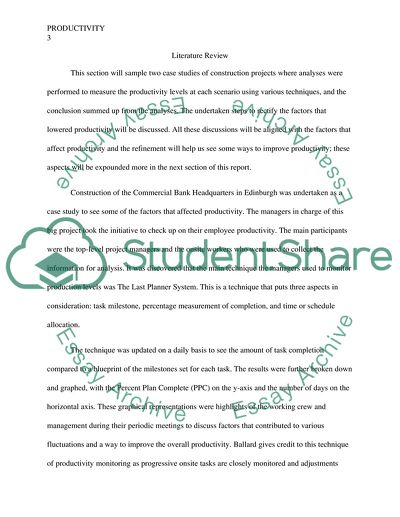Cite this document
(“Productivity Essay Example | Topics and Well Written Essays - 2000 words”, n.d.)
Productivity Essay Example | Topics and Well Written Essays - 2000 words. Retrieved from https://studentshare.org/engineering-and-construction/1589880-productivity
Productivity Essay Example | Topics and Well Written Essays - 2000 words. Retrieved from https://studentshare.org/engineering-and-construction/1589880-productivity
(Productivity Essay Example | Topics and Well Written Essays - 2000 Words)
Productivity Essay Example | Topics and Well Written Essays - 2000 Words. https://studentshare.org/engineering-and-construction/1589880-productivity.
Productivity Essay Example | Topics and Well Written Essays - 2000 Words. https://studentshare.org/engineering-and-construction/1589880-productivity.
“Productivity Essay Example | Topics and Well Written Essays - 2000 Words”, n.d. https://studentshare.org/engineering-and-construction/1589880-productivity.


